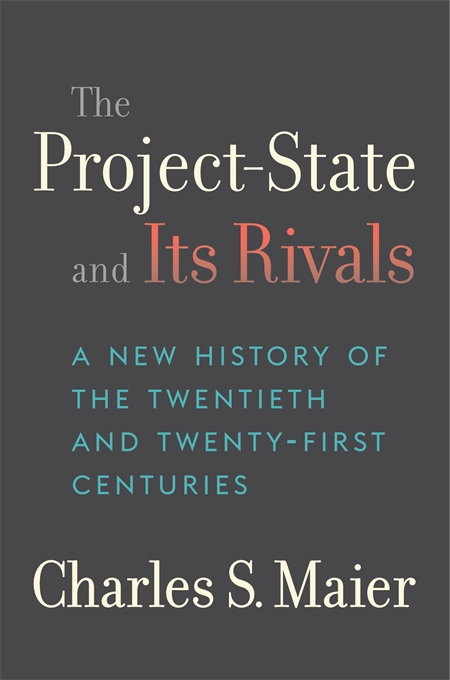The Project State and Its Rivals exudes a similarly boundless ambition. As the book’s announcements make clear, Maier is on the lookout for a unifying category to cohere our historical experience of the twentieth century—or, more specifically, the forms of statehood that emerged in the interwar period, and that still present such vexing challenges to our intellectual imagination.
Maier’s project states moved within a triad of forces: the so-called web of capital, the network of governance, and the state as an institution. On this canvas, the long arc of his twentieth century becomes visible: the birth of the project state in the wake of the military confrontations of the 1910s, its sudden maturation and ascendance after the 1929 stock market crash, a period of aggressive rivalry in the 1930s and ’40s, followed up by its domestication under American supervision after 1947, its relative globalization in the 1950s and ’60s as postcolonial nations joined the ranks of contending project managers, and finally, a period of crisis in the 1970s followed up by a haphazard dissolution in the 1980s and ’90s.
In Maier’s view, the project state was set up to subordinate the web of capital and existing networks of governance, modernize resource empires, and embed financial institutions in national communities. In the 1970s, the contradictions of its model were becoming plain to see: both citizens and capital were unwilling to tolerate the inflationary imbalances which it was imposing. Internationally, these moods of discontent compounded with the monetary limbo of previously national economies at the end of the Bretton Woods system, now responsive to bondholders rather than voters. Consequently, new actors within the web of capital and networks of governance crafted coalitions that would liberate themselves from its stranglehold. On its ruins, institutions such as the European Union, the International Monetary Fund, and the World Trade Organization were to sculpt new, more market-friendly states. These would forgo the stringent demands of their predecessors and restore capital’s hold over the investment function.
For Maier, ambivalence is a scholarly virtue when approaching the period: “there are other ways to think about the history of the last hundred years than as a contest between democracies and dictatorships, emancipation and oppression, fascists and communists, or even just between liberals and conservatives, left and right, or moderates and the ideologically obsessed.” Like the Thirty Years’ War which gave birth to Westphalian absolutism, the period from 1914 to 1945 produced a distinctly new state-form that differed from its nineteenth-century predecessors and still casts an intimidating shadow in our own era of state incapacity.
